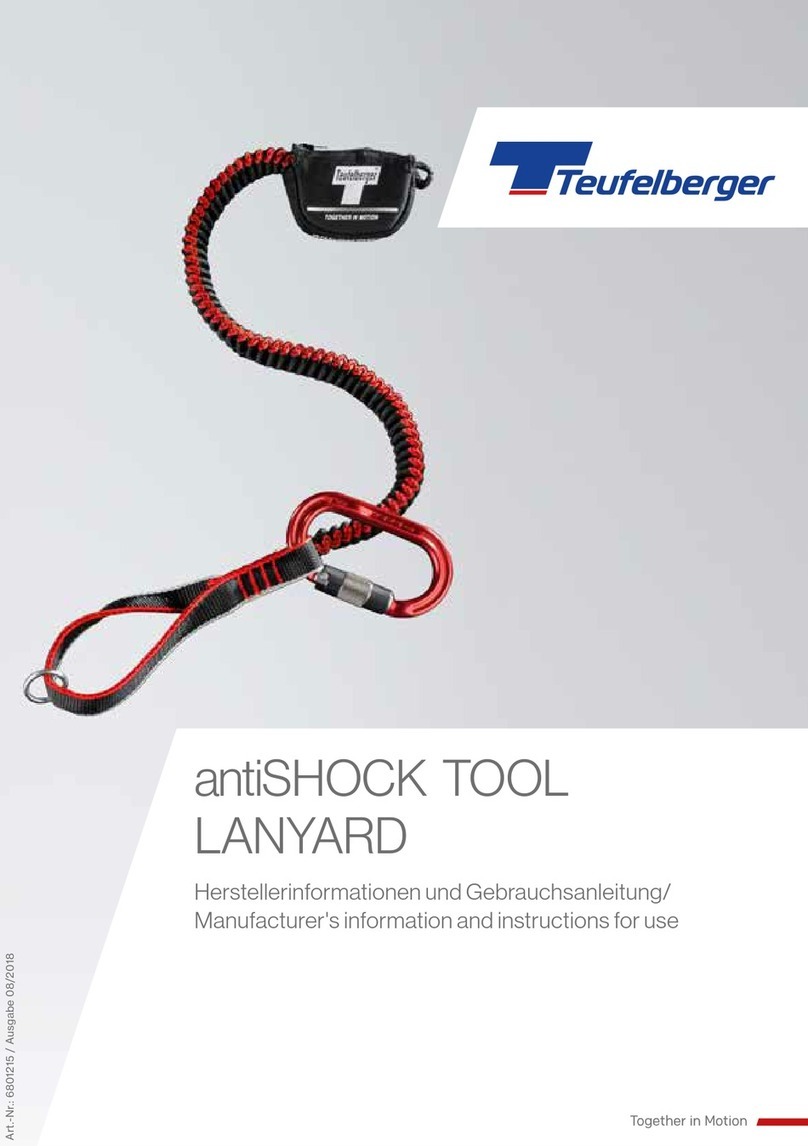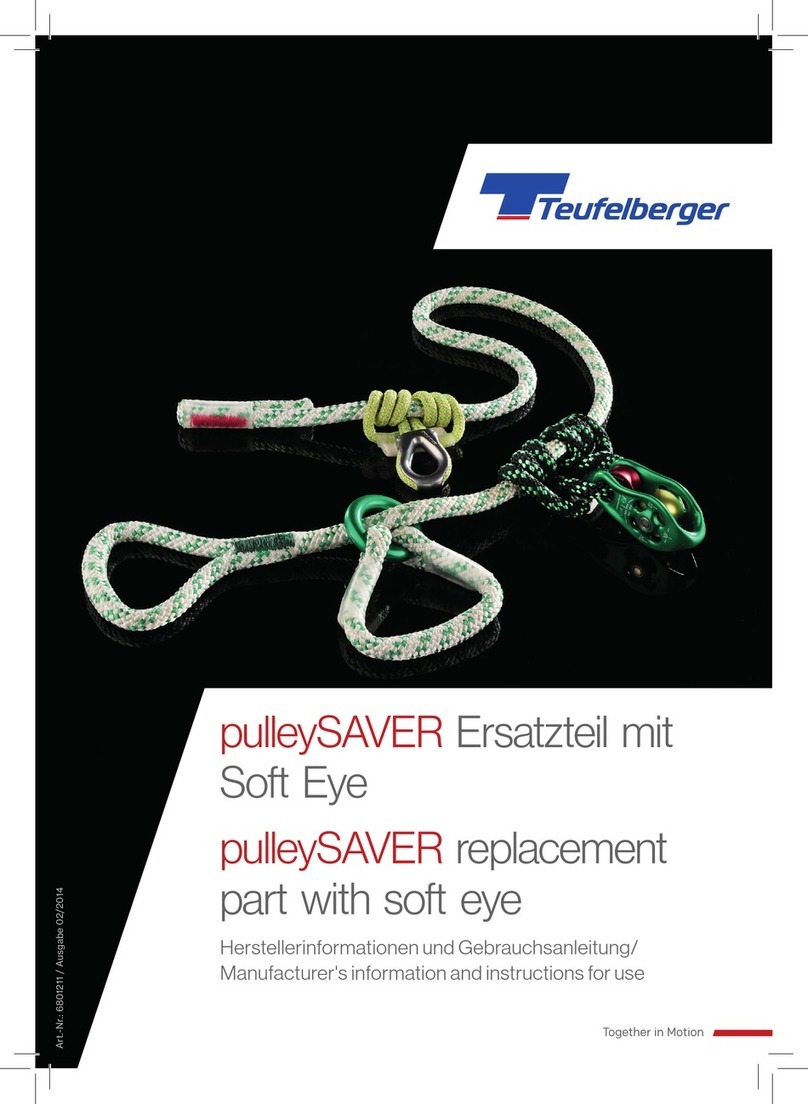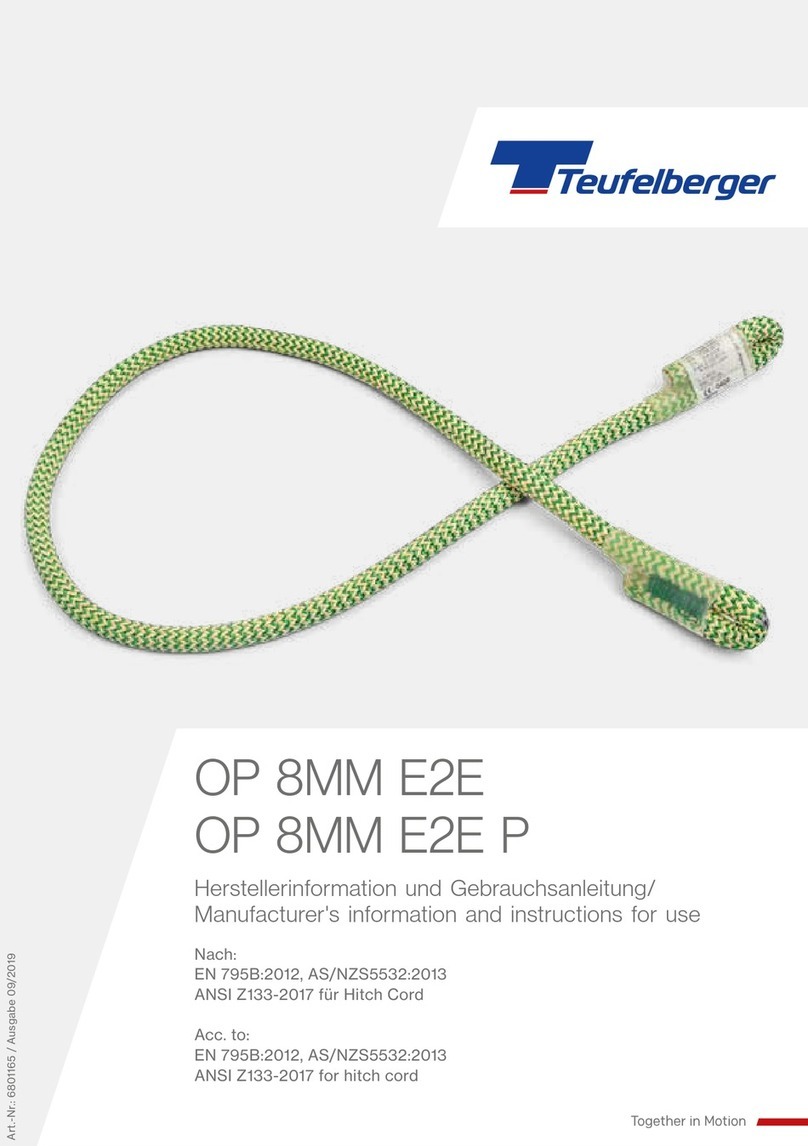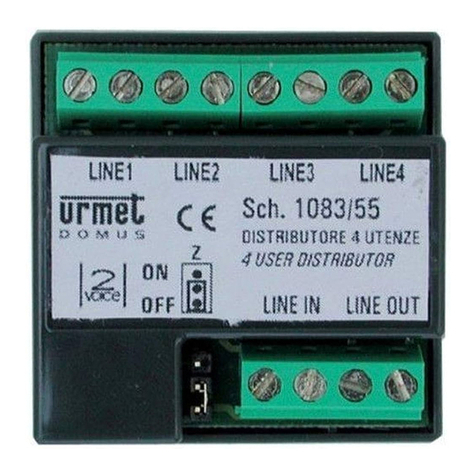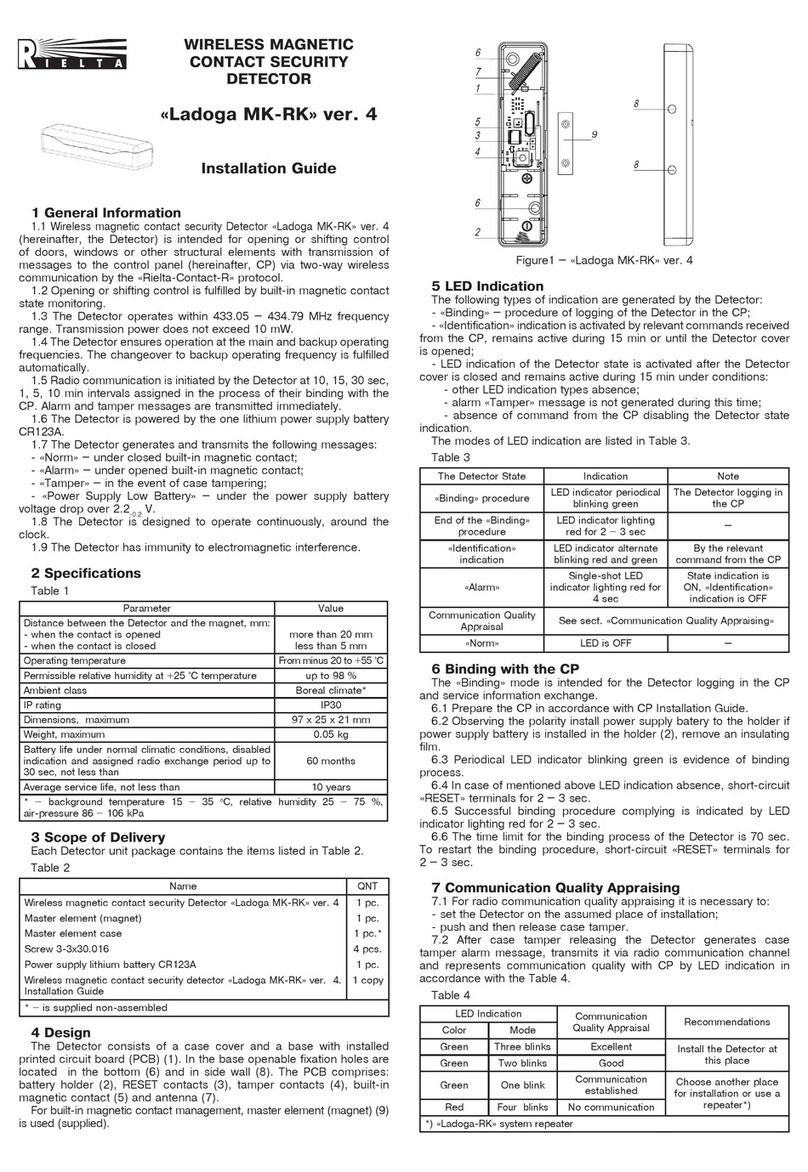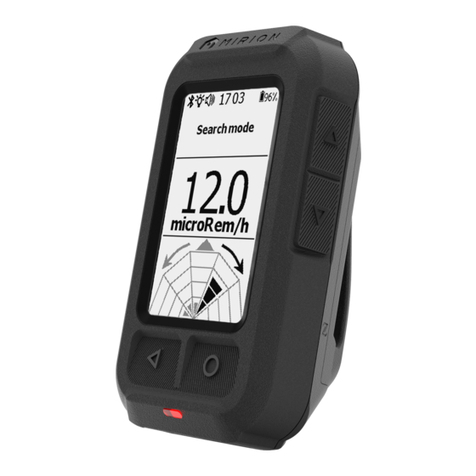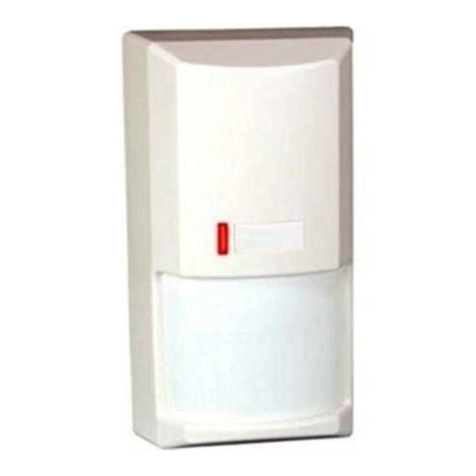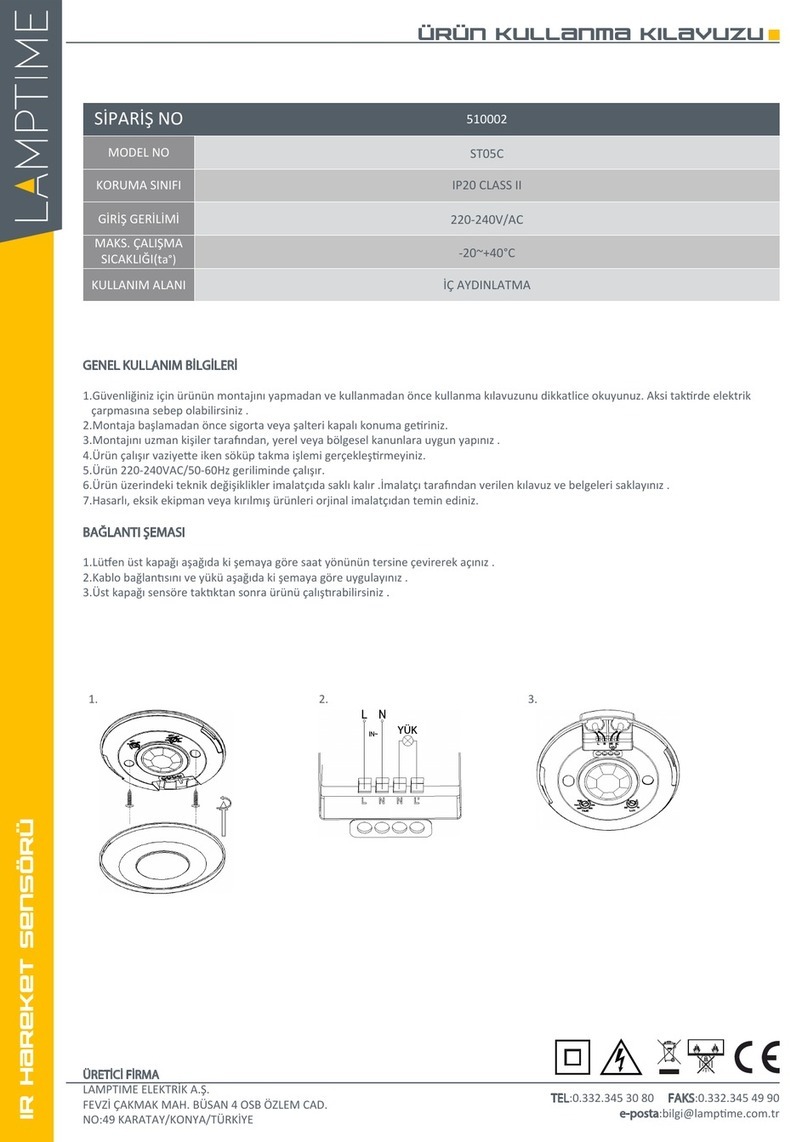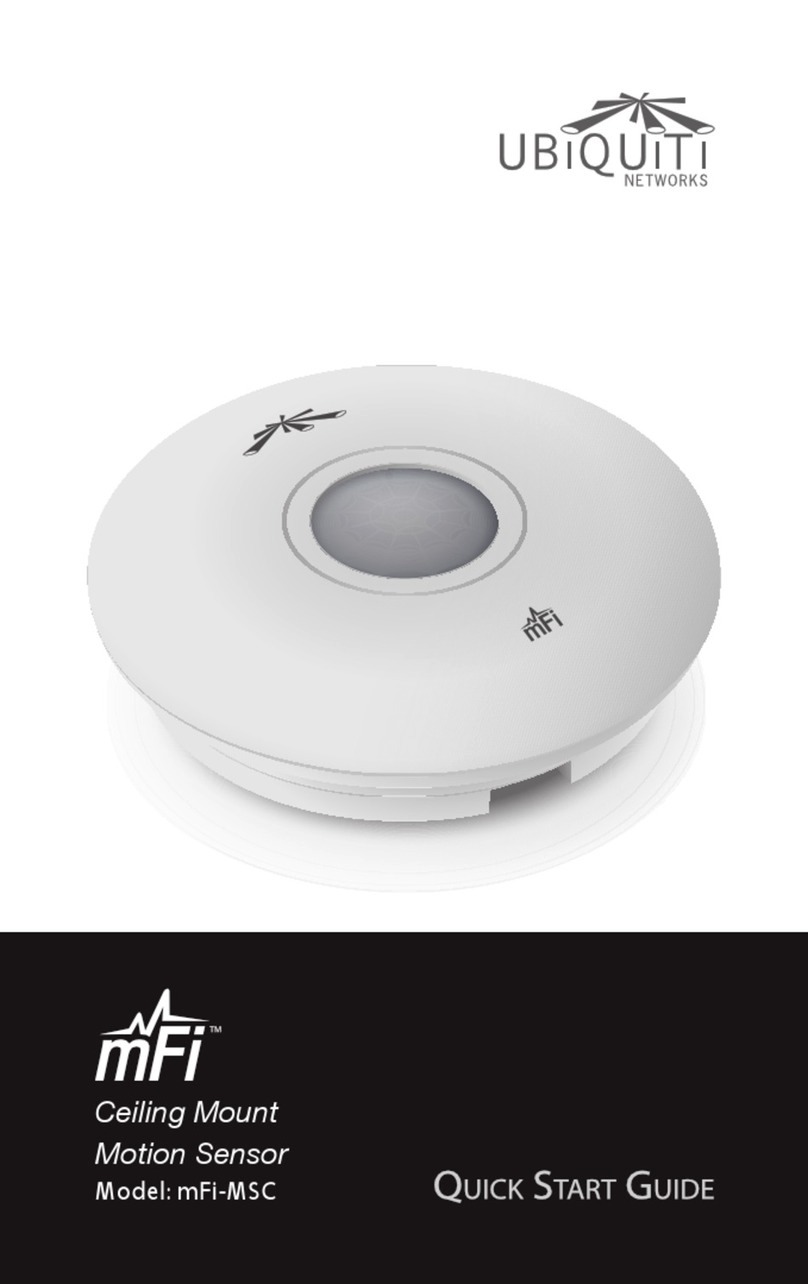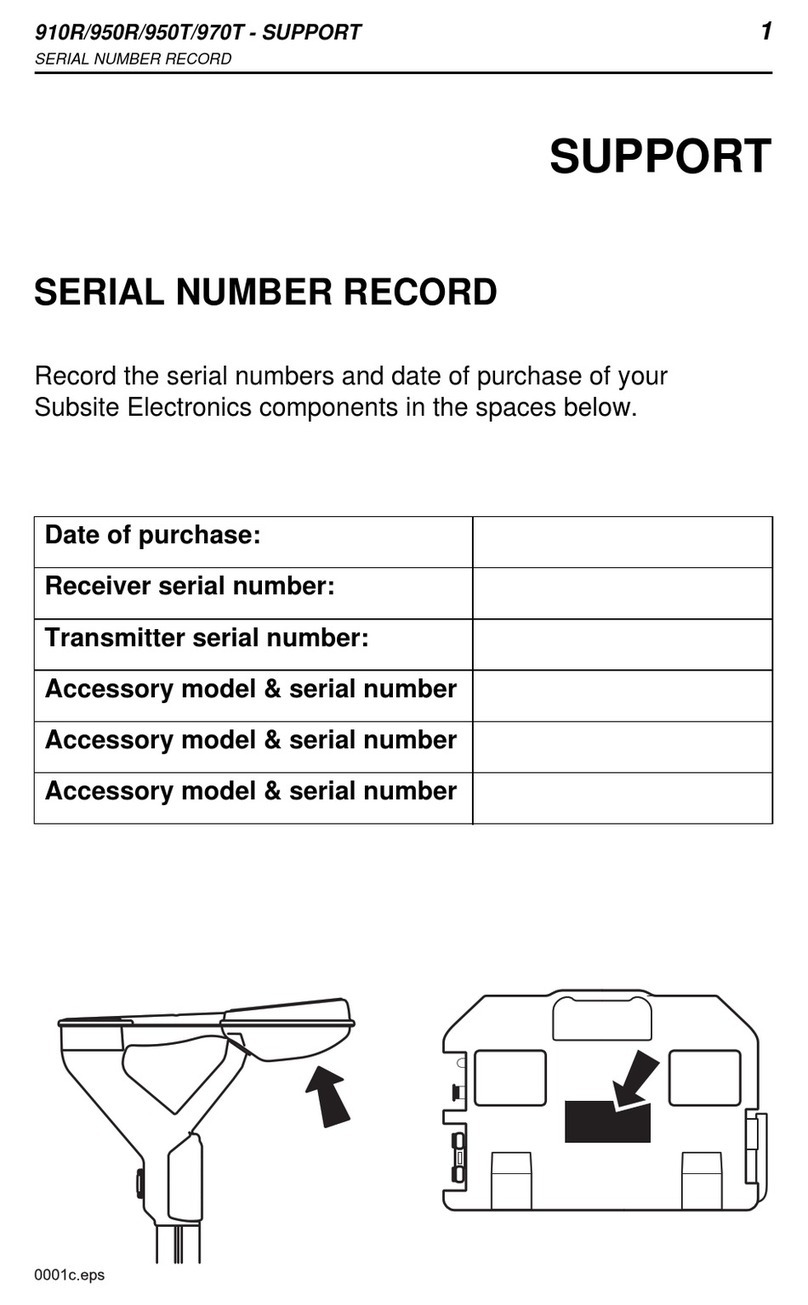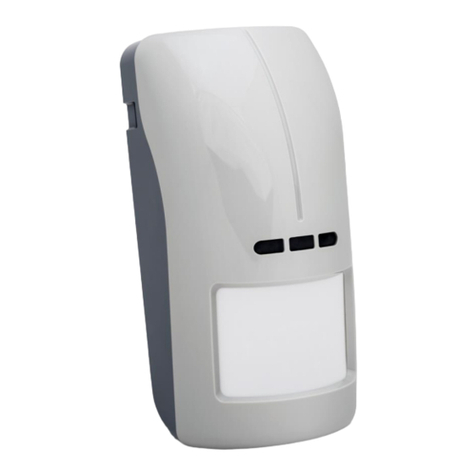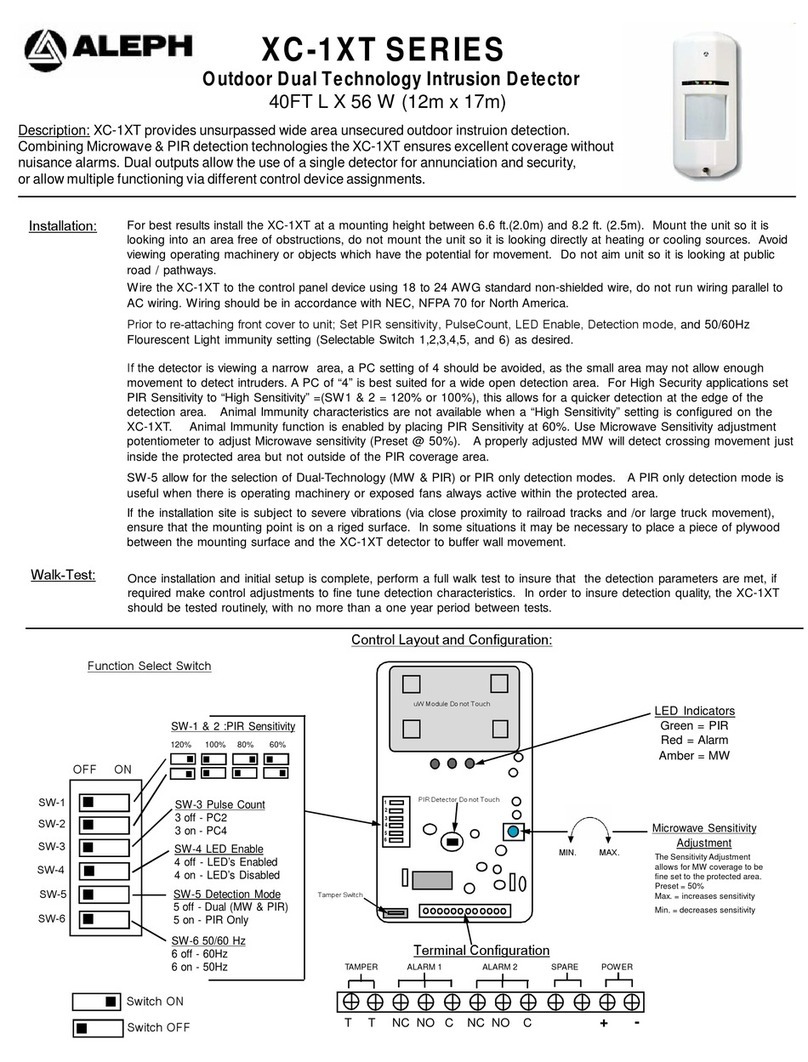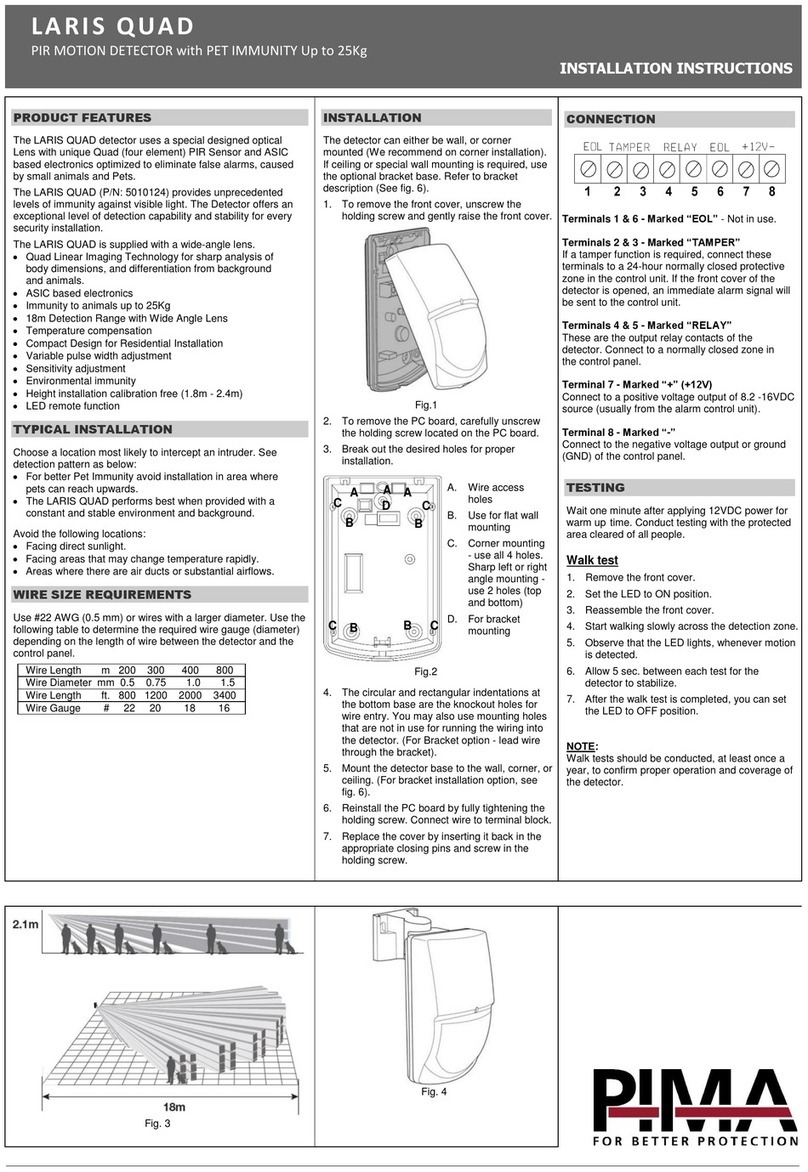
8
We appreciate that you have chosen a TEUFELBERGER product. Please read these in-
structions for use carefully.
WARNING
This product may be utilized only by persons trained in its safe use and having the rele-
vant knowledge and skills, or under the direct supervision of such persons. Whenever possible,
the equipment should be provided personally to the user. It may be used only within the speci-
fied limited scope of use and for the defined purpose.
Prior to using this product, read this document thoroughly, make sure you understand the
instructions for use and keep them with the product, together with the Inspection Sheet! Keep
instructions for future reference. In addition, check national safety regulations regarding perso-
nal protective equipment (PPE) for arborists’ use for local requirements.
The product accompanied by this set of instructions is type-examined, CE-marked to state
conformity with the European directive 89/686/EEC on Personal Protective Equipment (PPE)
and meets the European standard(s) given on the product label. The product does however not
comply with any other standards, in particular the product does not comply with any American
standards (like ANSI) unless explicitly stated.
If the system is sold or passed on to another user, the instructions for use must accompany the
equipment. If the system is transferred to another country, it is the responsibility of the seller/
previous user to ensure that the instructions for use are in the correct language for that country.
TEUFELBERGER is not responsible for any direct, indirect, or incidental consequences/damage
occurring during or after the use of the product and resulting from any improper use, especially
caused by incorrect assembly of the equipment.
Edition 05/2017, art. no.: 6801180
Only use the system as described below.
For your convenience parts and components that may be load bearing are designed in green
whereas those that may under no circumstances be used to hold PPE loads are marked red.
Never connect to the stopper flap!
WARNING
The use of our products can be dangerous. Our products may only be used for their intended
purpose. They must particularly not be used for lifting as specified in EU directive 2006/42/EC.
The customer is responsible that the user has been trained in the safe use of the product and
in accompanying safety precautions. Be aware of the fact that the product can cause dama-
ge if wrongly used, stored, cleaned or overloaded. Check national safety regulations, industry
recommendations and standards for local requirements. TEUFELBERGER®and 拖飞宝®are
internationally registered trademarks of the TEUFELBERGER group.
GENERAL

